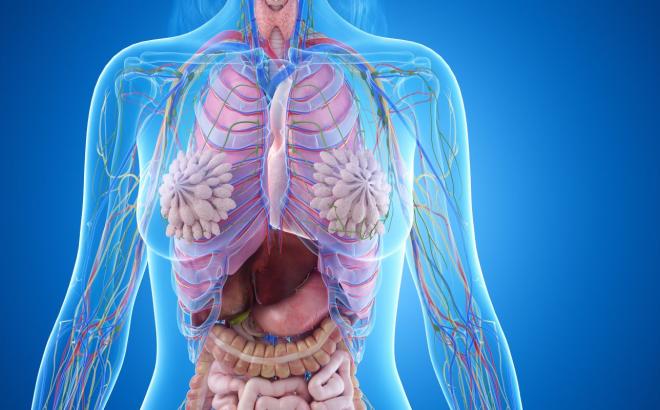Optimised Diagnosis of Neuroborreliosis. Signalling Protein as a Biomarker.
A newly defined threshold for the concentration of the cytokine CXCL13 may improve the diagnosis of neuroborreliosis. The clinical diagnosis of this disease, which is caused by infections from tick bites, is still difficult and often occurs long after infection. CXCL13 now makes it possible to diagnose neuroborreliosis more quickly and start treatment earlier. In the study conducted by the Karl Landsteiner University of Health Sciences (KL Krems), a concentration of CXCL13 in the cerebrospinal fluid of > 271 pg/ml was identified with a very high statistical certainty as the threshold value for a better diagnosis of neuroborreliosis.
Lyme disease is caused by infection with the bacterium Borrelia burgdoferi, with tick bites being the most common mode of transmission. In about 15% of cases, the infection spreads to the nervous system and causes a condition called neuroborreliosis. This causes symptoms ranging from headaches and dizziness to facial paralysis and epilepsy. Diagnosis is difficult and involves several methods. These include identifying neurological abnormalities, measuring the proliferation of white blood cells in the cerebrospinal fluid (CSF) and detecting specific antibodies in the CSF. However, all of these methods are relatively non-specific, complex and time-consuming. CXCL13, a signalling protein that is produced immediately after infection with B. burgdorferi and triggers an immune response, could provide a more accurate diagnosis – if it were known at what concentration a clear statement could be made. A team from Krems has now found this threshold.
Clear Threshold
“Our measurements of the concentration of CXCL13 in the CFS showed a clear difference between people with neuroborreliosis and those in whom this infection was not clinically detectable," explains Dr Christoph Waiß from the Division of Neurology at St. Pölten University Hospital (a teaching and research siteof KL Krems). "In the group of people affected by CFS, the average value was 8,273 picograms per millilitre – while in those who were not affected, this value was 45".
Dr Waiß and his team then analysed the data further using complex statistical methods to identify the value of CXCL13 that would allow a diagnosis with high specificity and sensitivity. "Our analysis revealed a value of 271 picograms per millilitre. This allows the diagnosis of neuroborreliosis with a specificity of 97.2% and a sensitivity of 95.2%. This is really significant!" The reason for the high specificity is that CXCL13 is only released when surface proteins of B. burgdoferi react with cells of the immune system – long before antibodies against the bacterium are formed, which supports an earlier diagnosis.
Neurology from Lower Austria
The team's results were based on data from all six neurology departments of the provincial hospitals in Lower Austria. Between 2017 and 2022, cerebrospinal fluid samples were taken from a total of 440 patients. This number made it possible to obtain results with a high degree of statistical certainty in the subsequent analyses. Of the 440 people, 42 were clearly diagnosed with neuroborreliosis, while the others were not. These 398 served as the control group. CXCL13 levels were then measured centrally using a commercially available test kit (ELISA).
For Dr Waiß, the high significance of CXCL13 levels in CSF and the readily available test to measure the concentration lead to a clear clinical benefit of the study, now published in the Journal of Central Nervous System Disease: "The concentration of CXCL13 is an excellent biomarker that can support the diagnosis of neuroborreliosis shortly after infection, especially in equivocal cases. Together with the colleagues involved in this study, I believe that this biomarker should be included in the routine diagnosis of neuroborreliosis."
Original publication: CXCL13 as a biomarker in the diagnostics of European lyme Neuroborreliosis - A prospective multicentre study in Austria. C. Waiß, B. Ströbele, U. Graichen, S. Klee, J. Gartlehner, E. Sonntagbauer, S. Hirschbichler, A. Tinchon, E. Kacar, B. Wuchty, B. Novotna, Z. Kühn, J. Sellner, W. Struhal, C. Bancher, P. Schnider, S. Asenbaum-Nan & S. Oberndorfer. J. Cent. Nerv. Syst. Dis. Volume 16: 1–9. https://kris.kl.ac.at/en/publications/cxcl13-as-a-biomarker-in-the-diagnostics-of-european-lyme-neurobo




